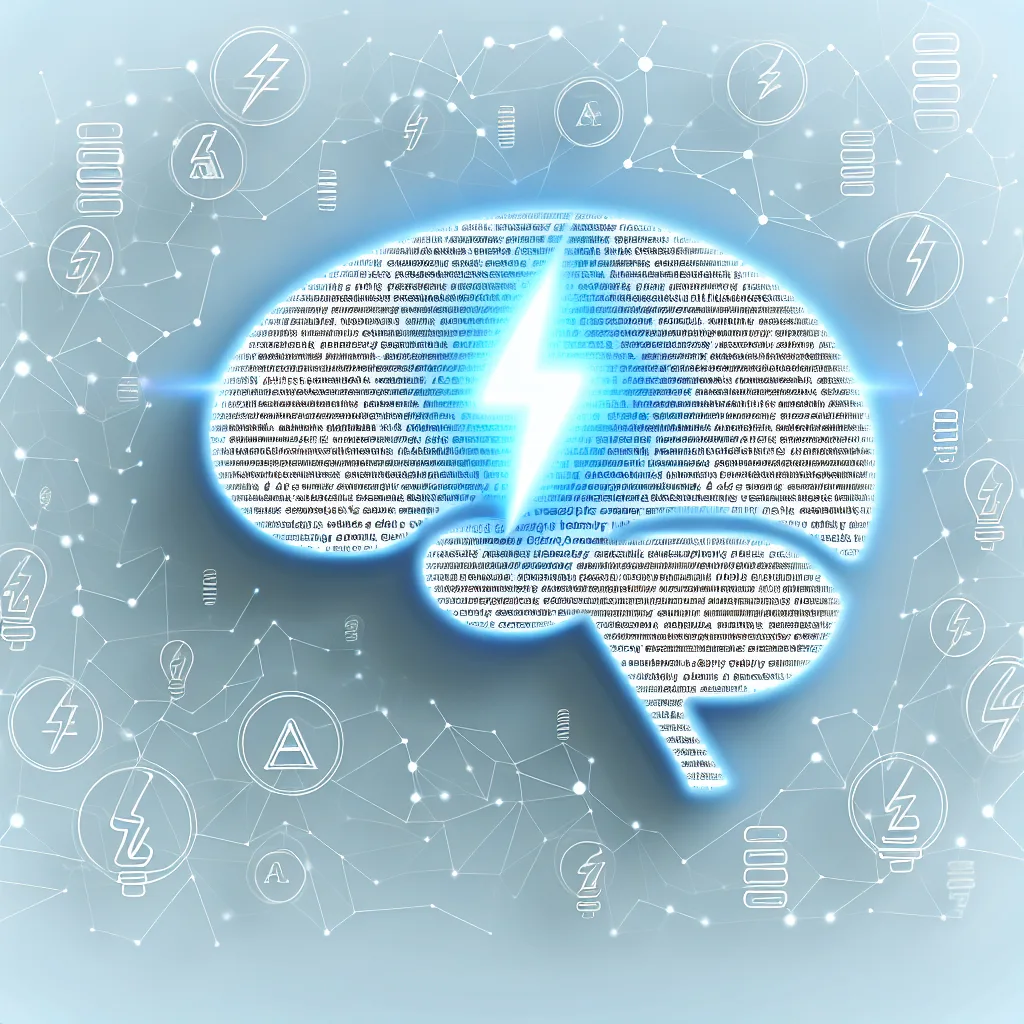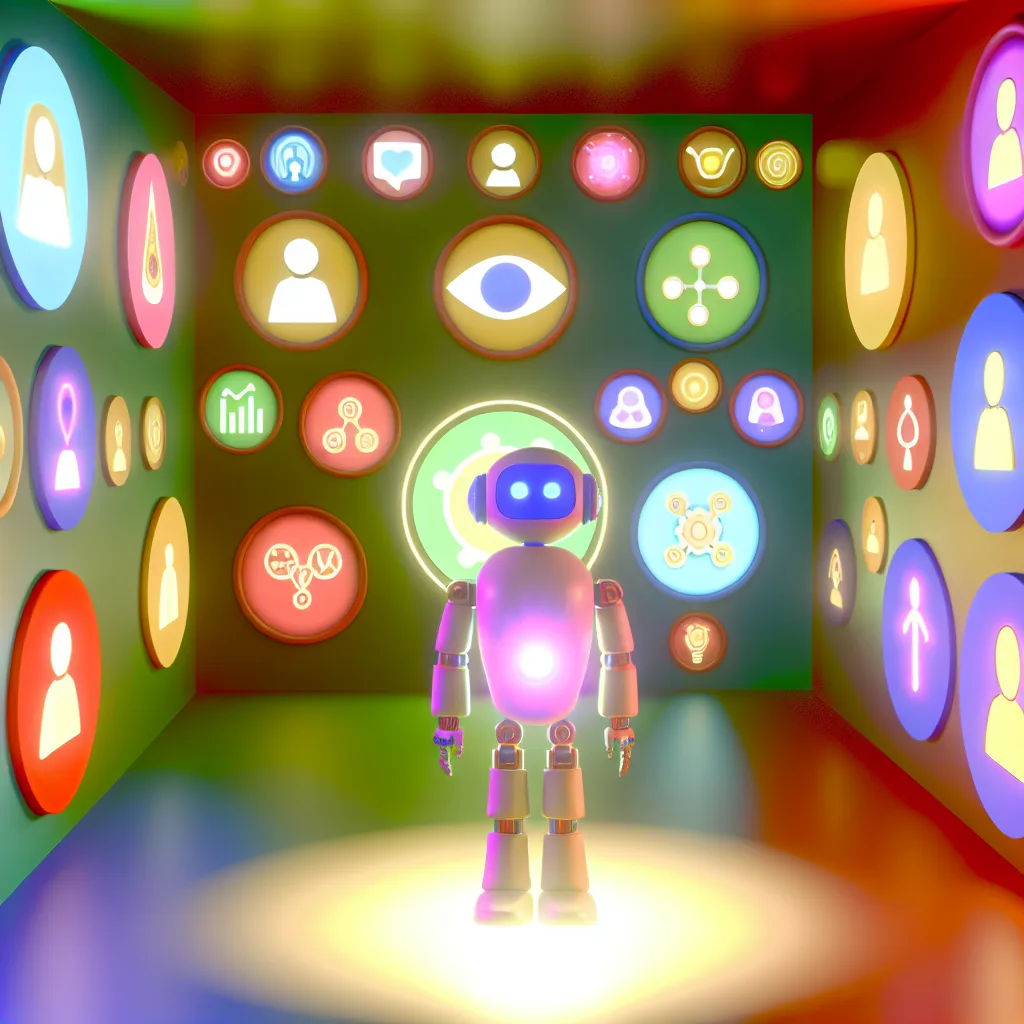It might not be what you think. Let’s explore the biggest ASI bottleneck together.
It feels like every week there’s a new AI tool that just blows my mind. One minute we’re making silly images of astronauts riding horses, and the next, AI is helping scientists discover new medicines. The pace is incredible. But it all leads to a much bigger question I’ve been thinking about lately: what’s the path to Artificial Superintelligence (ASI), and more importantly, what’s the biggest ASI bottleneck standing in our way?
It’s easy to get lost in the hype, but when you look closely, you start to see some serious roadblocks that go way beyond just writing better code. It’s a puzzle with a few massive, interlocking pieces.
The Obvious ASI Bottleneck: Raw Computing Power
The first, most obvious hurdle is the hardware itself. Everything we call “AI” today runs on incredibly specialized and powerful semiconductor chips. We’re talking about hardware that takes billions of dollars and ultra-clean rooms to produce.
Companies are pushing the absolute limits of physics to cram more transistors onto silicon, but there’s a real sense that we’re approaching the end of an era defined by Moore’s Law. It’s not that progress has stopped, but it’s gotten exponentially harder and more expensive. You can’t just scale things up forever. This reliance on a handful of manufacturers also creates a fragile global supply chain, where a single disruption can have a ripple effect across the entire tech industry. So, is the physical limit of chip manufacturing the primary ASI bottleneck? It’s definitely a strong contender.
The Geopolitical Factor: Who Controls the Keys?
Let’s say we can make all the chips we need. The next big question is: who gets them? This isn’t just a simple matter of supply and demand. The development of advanced AI is deeply tied to national interests and global competition.
We’re already seeing countries restrict the export of high-end chips and manufacturing equipment. This creates an environment where progress isn’t shared openly, but hoarded. When cutting-edge research happens behind the closed doors of a few corporations or governments, it slows down the kind of collaborative breakthroughs that are often necessary for huge leaps forward. This geopolitical friction, a sort of global tug-of-war, could be the sleeper agent that holds back ASI for decades.
Is Energy the Ultimate ASI Bottleneck?
For me, this is the one that really keeps me up at night. I think the most significant and unforgiving ASI bottleneck might just be raw power. Not computing power, but electricity.
The energy consumption of today’s large language models is already staggering. Training a single major AI model can use as much electricity as thousands of homes for a year. Now, imagine an ASI that is orders of magnitude more complex. We’re talking about an energy demand that could rival that of entire countries.
Our current energy grids are already under strain. Where would this colossal amount of new power come from? A recent report in Nature highlights how the AI industry’s electricity consumption could surge to consume as much as a country the size of Sweden or Argentina in just a few years. Without a revolution in energy production—something far beyond what we currently have—the sheer power requirements could be the hard physical limit that stops ASI in its tracks.
But What If It’s Something We Can’t Build?
So we have chips, geopolitics, and energy. But what if the biggest hurdle isn’t a physical resource at all? What if it’s the software, or more specifically, the “spark” of true understanding?
Our current AI models are phenomenal at pattern recognition. They can predict the next word in a sentence or identify a cat in a photo with stunning accuracy. But are they actually thinking? This is a huge debate. Philosophers have been asking similar questions for years, like in the famous Chinese Room Argument, which questions whether a system that manipulates symbols can ever truly understand them.
It’s possible that the current path of making bigger and bigger neural networks will only get us a more sophisticated parrot, not a true intelligence. The real bottleneck might be an algorithmic or theoretical breakthrough that we haven’t even conceived of yet. Maybe we need a completely new architecture, a new way of thinking about thinking itself.
So, what do you think? Is it the silicon, the politics, the power grid, or the code? My money is on the energy problem being the most immediate and difficult wall to climb. But honestly, any one of these could be the roadblock that defines the next 50 years of our journey with technology. It’s a lot to chew on.

